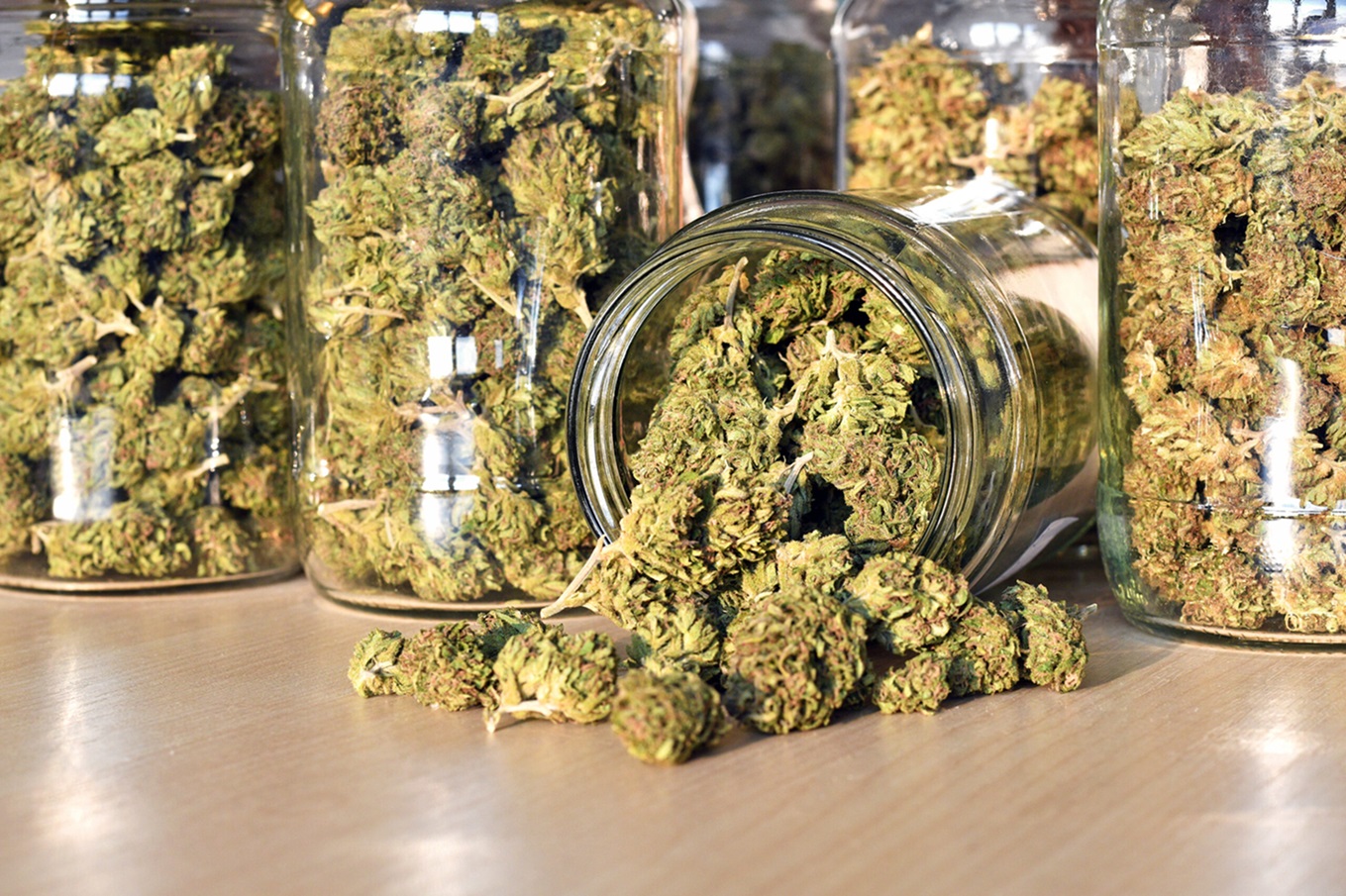Kratom, a plant native to Southeast Asia, has been gaining popularity in recent years for its potential health benefits. However, the controversy surrounding its use and legality has also brought attention to the complex relationship between humans and nature.
Kratom is known for its stimulating and pain-relieving properties, making it a popular choice for those seeking alternative treatments for chronic pain or opioid addiction. The plant contains alkaloids that interact with the brain’s receptors, producing effects similar to opioids but without the same level of dependence or side effects.
Despite its potential benefits, kratom has faced scrutiny from regulatory agencies and medical professionals due to concerns about its safety and potential for abuse. The debate over kratom’s legal status highlights the ongoing struggle between traditional medicine and natural remedies in modern society.
The green enigma of kratom reveals a deeper truth about nature’s healing powers – that there are still many mysteries waiting to be unlocked by science. While some may view kratom as a dangerous substance with unknown risks, others see it as a valuable resource with untapped potential for treating various ailments.
The key lies in understanding the delicate balance between human intervention and natural processes. Kratom is just one example of how plants have evolved over millions of years to produce compounds that interact with our bodies in unique ways. By studying these plants and their chemical compositions, scientists can uncover new insights into how nature can help us heal.
But Read This Article relationship is not without challenges. As we continue to exploit natural resources for our own benefit, we must also consider the impact of our actions on the environment. The cultivation and harvesting of kratom have raised concerns about deforestation, habitat destruction, and loss of biodiversity in Southeast Asia.
In order to harness nature’s healing powers responsibly, we must strike a balance between innovation and conservation. This requires careful research into sustainable practices that protect both plant species and their ecosystems while also providing valuable resources for human health.
Ultimately, the green enigma of kratom serves as a reminder of our interconnectedness with the natural world. By respecting nature’s healing powers and working towards solutions that benefit both people and planet, we can unlock new possibilities for improving health and well-being while preserving the beauty and diversity of our environment.
As we navigate this complex relationship between humans and nature, let us remember that every plant has a story to tell – if only we take the time to listen.




